
views
Preparing the Cage
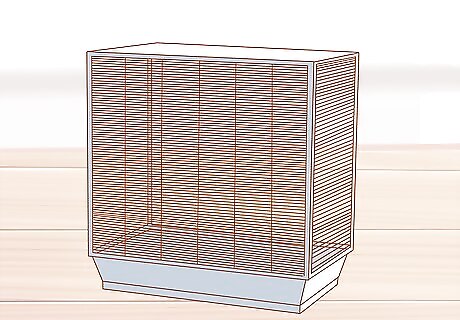
Purchase a proper-sized cage. The size of the cage should measure at least 18 x 24 x 24 inches (61 cm), but purchase the largest cage you can. Prioritize the horizontal measurements because parakeets fly horizontally rather than upward.
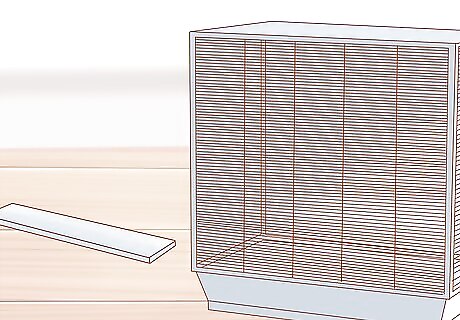
Choose a stainless steel or some kind of non-galvanized cage. The cage should be made of stainless steel. Unfortunately, many other metals such as zinc, brass, or lead can be toxic to parakeets, and you should never use a rusted cage or one with chipping paint. Never buy a circular cage, because they do not provide enough flight space, and a parakeets' little feet could easily be injured by the tapering bars near the top of the cage.

Choose a cage with horizontal bars. Parakeets love to climb, so you should select a cage with horizontal bars, allowing him to grip on and shimmy upwards. The bars should be less than half an inch apart. Otherwise, there is a risk the bird will get his head stuck between them.
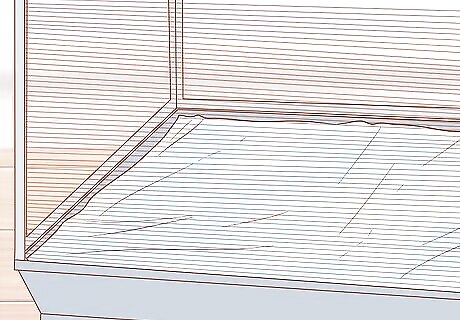
Line the cage for proper hygiene. Line the floor of the cage with paper towels or copy paper, both of which are better choices than a newspaper. When this is soiled with droppings, throw it away and reline the cage with clean paper.
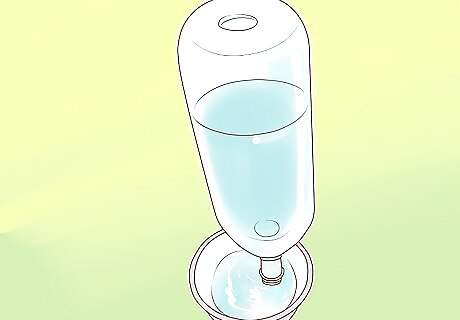
Attach a food bowl and water drinker. You will need a food bowl and a water drinker. You can mount each to the bars of the cage away from the bottom, which keeps them from getting knocked over or from having the bird contaminate them with waste. You can also have a bowl, if cleaned twice daily. If you cage multiple parakeets together, provide a separate food bowl for each, so the dominant bird cannot fight the others away from the food.
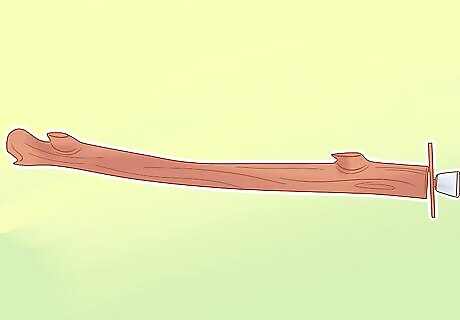
Furnish the cage with a perch. The ideal choice for perches is branches of natural orchard wood. Ideally, choose a branch diameter large enough that the bird’s toes do not curl around and overlap each other. This will likely be around 3/8” in diameter. Orchard wood such as apple, plum, pear, or cherry is safe for the parakeet to peck at it, and it has a naturally abrasive action which helps keeps his nails trim. The wooden doweling perches provided with most cages are poorly designed for birds. The diameter of the doweling is too narrow for a bird to grip comfortably, and they do not wear the claws down.

Provide toys in the cage. Parakeets have lively, inquiring minds and need plenty of mental stimulation. Put a selection of toys in the cage, so he has something to play with. Toys that parakeets particularly enjoy have mirrors, bells, or ladders to climb up and down. Toys are needed to keep the bird healthy and entertained. Boredom can lead to screaming.
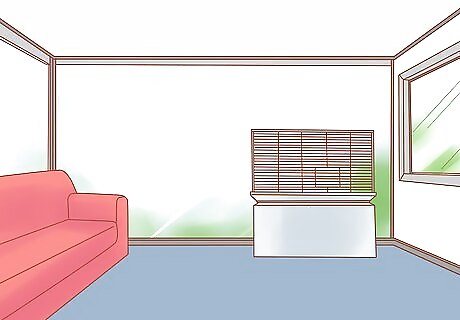
Find a spot for the cage in a room where you spend a lot of time. This ensures that the bird has proper company. Parakeets feel safe with they have an area to retreat to, so putting the cage against a wall is a good idea (rather than the bird feeling exposed on all sides). Avoid putting the cage beside a window or door, where it might be in danger of direct sunlight or drafts because they are very sensitive to temperature. Bird cages should never be allowed in the kitchen. The fumes from some cooking oils—and even from the finish on some frying pans—are toxic to parakeets and can make the bird very ill.
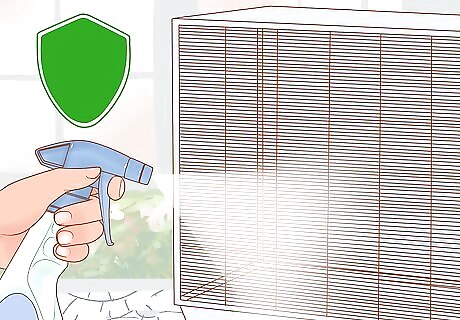
Clean the entire cage. Changing out the paper at the bottom of the cage isn’t enough on its own. Clean the cage bars with soap and water regularly, particularly after you've clipped food to the bars.
Providing Daily Care for Your Parakeet

Provide a diet primarily of pellets. Though seeds are a very common diet for parakeets in the wild, they are also a source of bacterial infection and can easily lower the health and lifespan of your bird. Bacteria can build up and overwhelm your bird over time. Consider converting your parakeet’s diet to roughly 60-70% pellets. Birds adapt to pellets at various rates, and initially may reject them, perhaps vigorously. However, about 90% of parakeets will convert within two weeks using the following plan: Give birds seed for only one hour in the morning and one hour at night. The rest of the time they have to snack on pellets. Generally, the 10% of parakeets that don't switch in two weeks will switch after a short period of reverting to a seed diet.
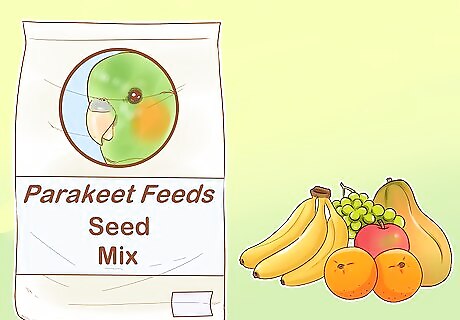
Supplement your parakeet’s diet with seed mixes, fresh fruit, and vegetables. As well as the seeds, feed a variety of fresh fruit and vegetables such as kale, beets, peas, carrots, parsley, cooked yams, sliced apple, mandarin oranges, citrus, and the like. If you vary what you offer the bird—never give the same fresh food two days in a row—this avoids any dietary overloads that might be associated by feeding an excessive amount of one food. Try clipping pieces of apple or carrot to the bars at which your bird can peck. For larger fruits and veggies, you can also chop them up in a food processor to food in your bird’s food bowl. Most fresh foods are safe for parakeets EXCEPT for avocados, eggplants, apple pips, rhubarb, tomato plant leaves, and potato plant leaves. You should also never give your parakeet caffeine, chocolate, or alcohol. Avoid lots of seeds for your parakeet. "Always make sure to feed your budgie lots of fresh fruits and veggies. Too much seed can be really harmful for budgies! Also, your budgie will love you so much if you play with them." - Ruthie H. Your parakeet will have fun quirks. "I got a new parakeet recently, and this article has helped him love me and become super cuddly. His name is Pancake, and he likes to speak with me." - Havyn H. Did you know that wikiHow has collected over 365,000 reader stories since it started in 2005? We’d love to hear from you! Share your story here.

Change the food and water daily. Let the bird get used to you and the surroundings, doing nothing but maintaining his food/water and cage, before trying to train the bird to perch on your finger.

Offer treats. Millet sprigs or "sprays" are a favorite treat but don't feed too much of it (about 1/2" per day), as it is fattening like junk food. Avoid sweets or excess oats, both of which are fattening. Millet sprays are also one of the best ways to train the parakeet to perch on your finger.

Socialize with your parakeet. Parakeets need company so be prepared to spend at least ninety minutes a day—though not necessarily all at once—chatting to your bird or interacting. Parakeets can be clicker trained as well, which is a fun way of stimulating the bird mentally and encouraging her to bond with you. Without regular and sufficient attention, parakeets will lose interest in human interaction. A pair will tend to bond with one another (regardless of sex) and ignore humans, but through interaction, you can be considered part of the flock. A way to interact with your bird is to sing together, give it baths and if it seems to be rapidly dropping a mobile toy, pick it up. There is a chance it is trying to play a game with you. Sometimes parakeets get lonely. A good way to get them happy again is to talk to them. To get them to climb up on your finger, push a little bit on their stomach, and say, "Step up." By continuously saying that, they will start to say it by themselves, and will "step up" whenever they say it, which will usually be when they come to a stair/ledge.
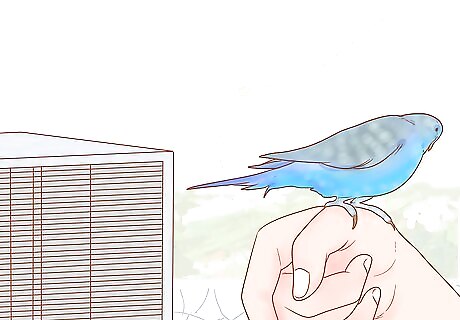
Give your parakeet time out of the cage. Although the bird can fly in the cage, it is a good idea to let the bird out once a day for free flight. Obviously, be alert for hazards and close windows and doors, extinguish candles, and that sort of thing. Again, clicker training can come in handy to test your bird a command when it’s time to return to the cage. Many things you might not immediately consider can be dangerous to parakeets. Before allowing your bird out of the cage, remember not just to close windows, but also: put away potentially dangerous shiny objects such as knives in the kitchen, turn off all fans, keep them off the floor around children and other pets, etc. The safer you can make the environment, the better.
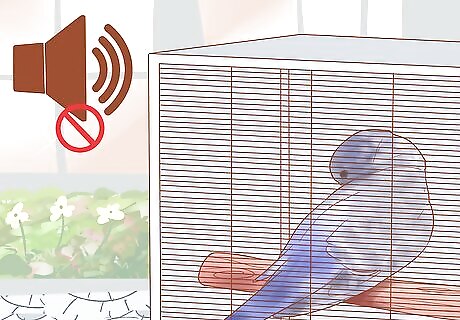
Provide proper sleeping conditions. Parakeets will sleep approximately ten hours a day, mostly at night, but they can nap during the day as well. When your parakeet is asleep, try not to make too much noise, though music or the television at low volumes is still okay. At night, parakeets like the security of being covered, so drape a towel or pillowcase over the cage.

Keep a proper temperature. Parakeets are sensitive to large swings in temperature. They do well with average household temperatures, but always make sure their cage has a shady spot where they can retreat and try not to let indoor temperatures exceed 80°F (27°C). Do not place the cage in direct sunlight.
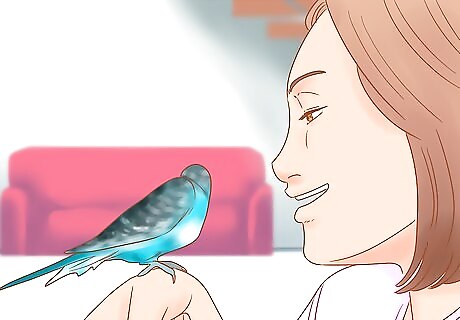
Be conscientious. Parakeets are a lot of work, but you will find them an affectionate and funny companion. Most will talk and how much they learn is really up to you. Be prepared to do some daily care and maintenance, as well as giving them attention and playtime, or consider getting another hobby.
Choosing a Parakeet
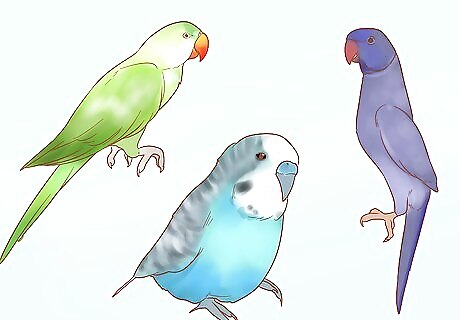
Decide if you want to go classic Budgerigar Parakeet or choose any of the 100 odd types of parakeet. Look into Alexandrine Parakeets, Indian Ringneck Parakeets, Black-tailed Parakeet or anything else available where you live. Budgerigars, or Budgies, originate from Australia so they are likely to be a cost-effective choice for Australian's wanting to have a pet parakeet. Other parakeet species come from South America, Africa and parts of Asia but can be successfully kept as pets with the correct environment and equipment. (like toys)
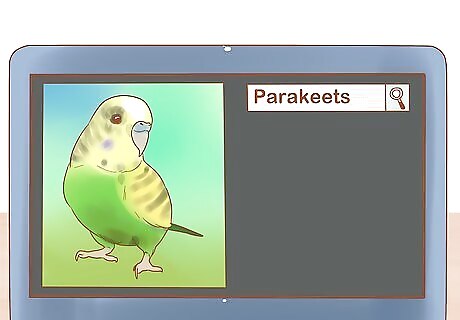
Choose a reputable breeder. Just as with getting other types of pets, you want to make sure you’re purchasing from a reputable breeder. Check for online reviews to get extra feedback. Ask to view the breeder's other birds and check they are kept in clean airy conditions, have plenty of space, and seem calm and well cared for. Make sure the birds aren't overcrowded on the perches, and check to see that they are being fed clean, quality food, including fresh fruits and veggies. Also make sure that there is a cuttlebone or mineral block in the cage. These are vital to a birds diet.

Look for a bright-eyed and lively parakeet. Check that there is no crusting around the cere (the spectacles above the beak) and that the vent is clean. The vent refers to the spot from where the bird defecates, and a dirty vent is a sign of digestive problems. Avoid birds that seem lethargic and don’t move from the bottom of the cage. Make sure the birds look content, vigorous, and in optimal health. You may need to visit at different times during the day, as parakeets take naps and look drowsy at times during normal waking hours.

Consider keeping parakeets in pairs. Parakeets are sociable birds and enjoy being kept in pairs or groups. If you purchase a single bird, you need to be able to spend time with the bird every day to satisfy her need for company. If you do decide to get multiple birds, make sure only to cage parakeets together and not with other types of birds.

Take your new parakeet to the vet. Even if your parakeet looks healthy, they often don’t show symptoms until they are very ill, so you should have your new parakeet looked at by a vet very shortly after getting it. The vet will likely test for psittacosis, which is a dangerous bacteria that can be passed to you and your family. The vet will also test for internal and external parasites, yeast, Macrorhabdus fungus, and certain other kinds of bacteria.












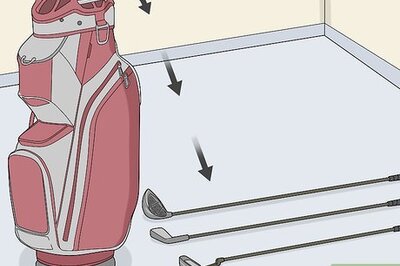






Comments
0 comment